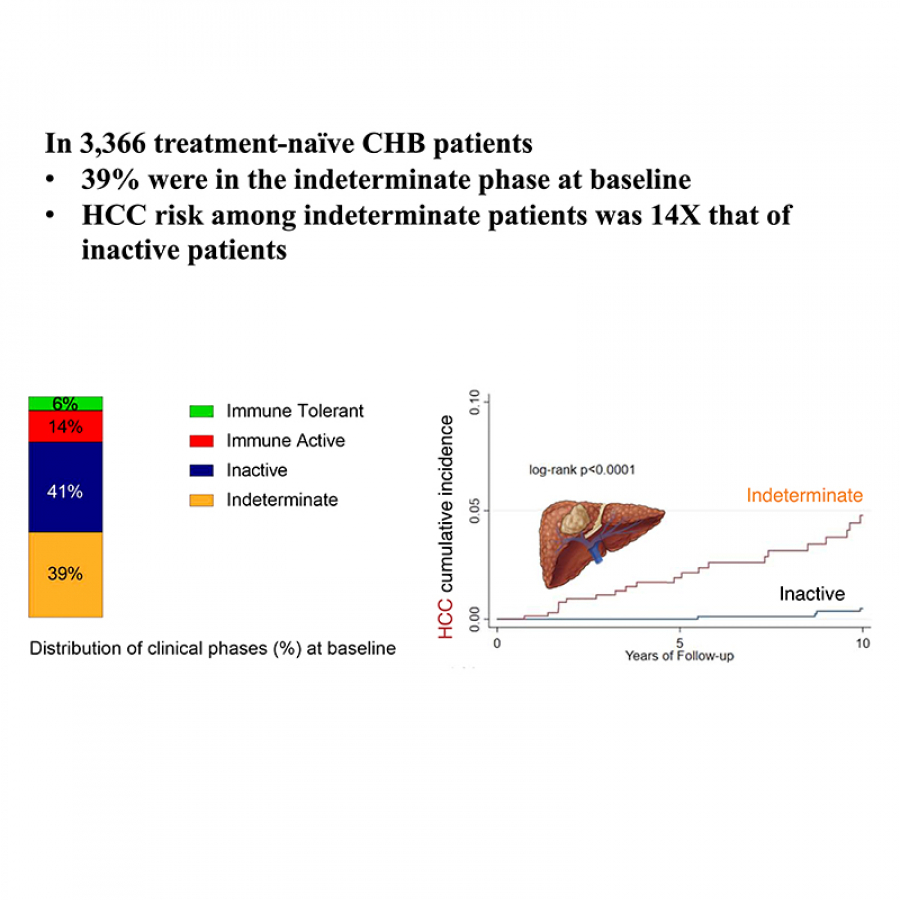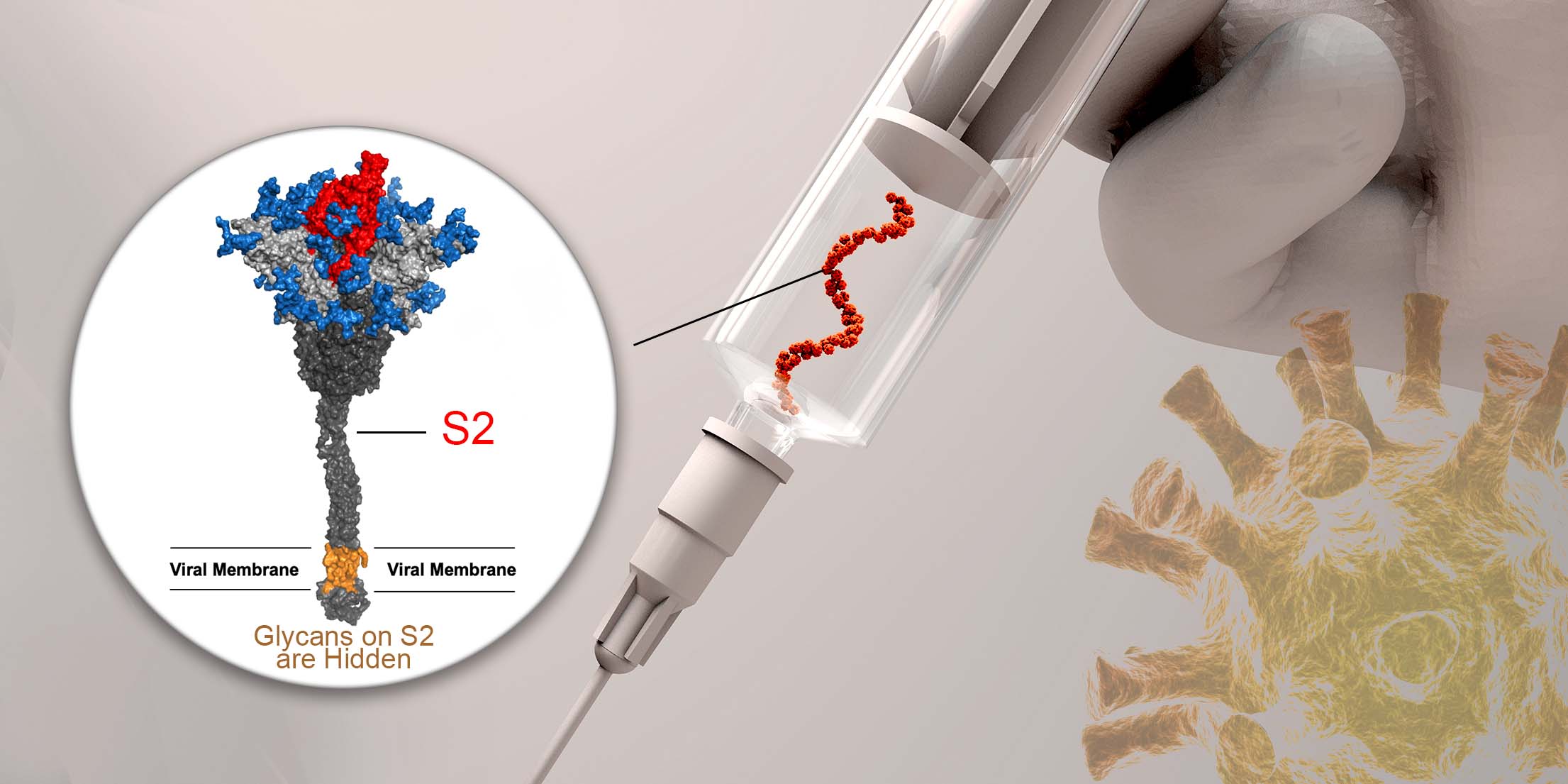
楊懷壹
Clinical Gastroenterology and Hepatology
January 16, 2021
Many patients with chronic hepatitis B (CHB) may not conform to any of the defined phases and hence are classified as indeterminate. We aimed to characterize the baseline prevalence of indeterminate patients and their natural history, phase transition, and hepatocellular carcinoma (HCC) risk. A retrospective cohort study of 3366 adult untreated noncirrhotic CHB patients was recruited at 5 US clinics and 7 Taiwanese townships. These patients had at least 1 year of serial laboratory data before enrollment with a mean follow-up period of 12.5 years. Patients' clinical phases were determined at baseline and through serial data during follow-up evaluation, based on the American Association for the Study of Liver Diseases 2018 guidance. At baseline, 1303 (38.7%) patients were in the indeterminate phase. By up to year 10 of follow-up evaluation, 686 patients (52.7%) remained indeterminate, while 283 patients (21.7%) became immune active. Compared with patients who remained inactive, patients who remained indeterminate had a higher 10-year cumulative HCC incidence (4.6% vs 0.5%; P <.0001) and adjusted hazard ratio for HCC of 14.1 (P = .03). Among patients who remained indeterminate, age 45 years and older (adjusted hazard ratio, 18.4; P = .005) was associated independently with HCC development. In this study, we found that nearly 40% of patients had an indeterminate CHB phase. Of these, half remained indeterminate and one-fifth transitioned to the immune active phase. HCC risk in persistently indeterminate CHB was 14 times higher than inactive CHB. Among persistently indeterminate CHB patients, age 45 years and older was associated with an 18 times higher risk for HCC development. Further studies are needed to evaluate the potential benefit of antiviral therapy for indeterminate patients, especially in the older subgroup.




